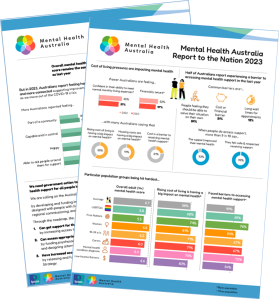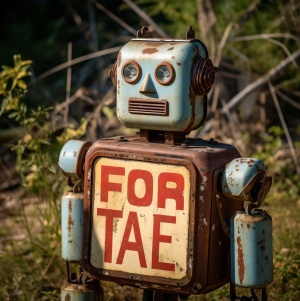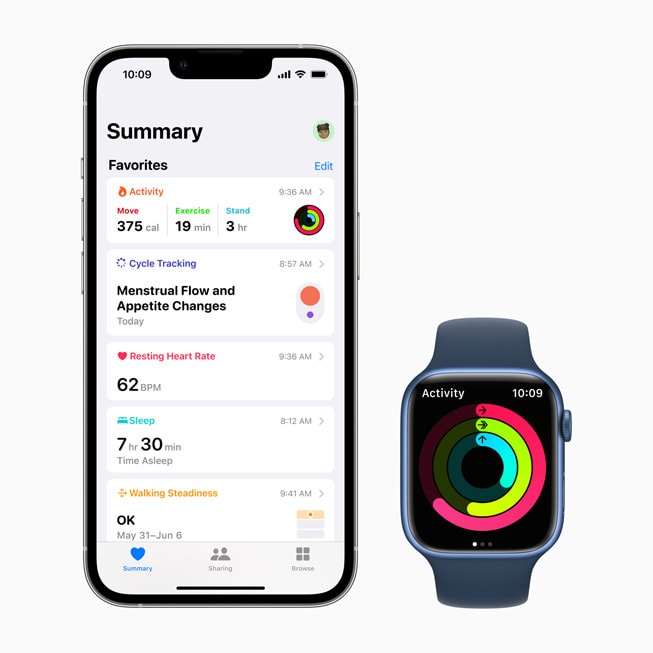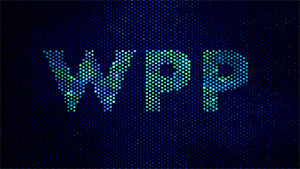
In an exhilarating turn of events, Auric Essentials has been crowned the Australian Startup of the Year, earning the prestigious opportunity to represent our country at the Entrepreneurship World Cup (EWC) in Riyadh, Saudi Arabia, this November 2024. This recognition is a testament to our innovation, hard work, and a beacon of Australia’s vibrant startup community’s support and collaboration.
The Entrepreneurship World Cup is one of the globe’s most significant and diverse startup pitch competitions and support programs, giving out a staggering $4 million in cash prizes and $150 million in in-kind prizes. The competition has become a cornerstone for entrepreneurs aiming to catapult their ventures into global success.
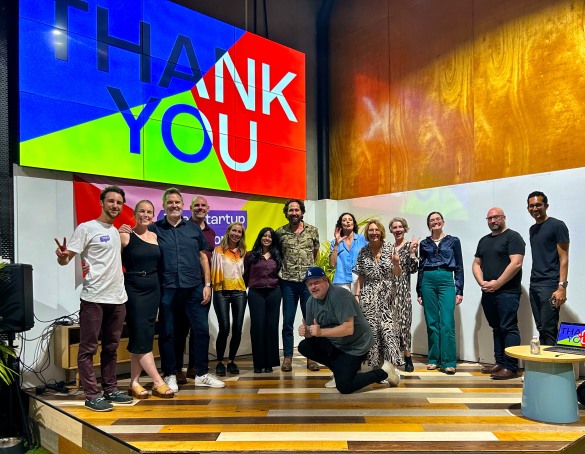
The Australian National Final was held on Tuesday 27th of February in Melbourne hosted by the Startup Network, in partnership with the Global Entrepreneurship Network, showcased the nation’s brightest and most innovative minds. Competing against brilliant peers like Arani S., Paul Bevan, and Tina Funder was an honour. Congratulations to Paul Bevan for clinching the People’s Choice award; your innovation truly resonates with the people.
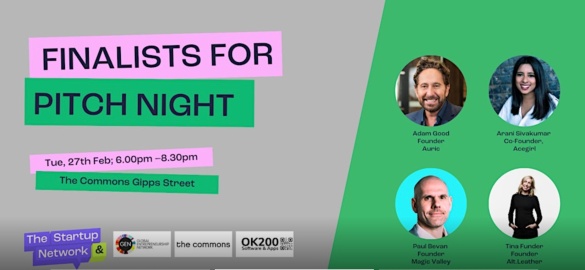
Our heartfelt gratitude extends to the Startup Network, Australia’s largest startup community, and its tireless leaders like Vicki Stirling, Ryan Burns, and Stephanie Hall, among others, for fostering an environment where ideas can flourish and entrepreneurs can thrive. With over 60,000 members, this community stands as a pillar of support and a catalyst for growth for startups nationwide.
The journey to the EWC is a significant milestone for Auric Essentials. As a young company, the platform and exposure that this competition provides are invaluable. It’s a chance to showcase our innovative approach to wellness through technology fused with AI and aromatherapy and learn, network, and potentially secure investments to scale our impact globally.

The EWC and Global Entrepreneurship Week represent the pinnacle of entrepreneurial spirit, breaking down barriers and uniting innovators, investors, and policymakers across 200 countries.
As we prepare for this global stage, our mission extends beyond personal success. We aim to highlight the incredible talent and potential within Australia’s startup ecosystem and contribute to the broader narrative of innovation and economic growth.
As we look forward to November and December, our focus is unwavering. We’re not just participating; we’re aiming to make a mark, inspire, and bring home not just awards but partnerships, opportunities, and a wealth of experience that will propel Auric Essentials and the Australian startup community forward.
Thank you to our mentors, supporters, and the startup community. This journey is a testament to the power of collaboration and the boundless potential of ideas nurtured by a community that believes in them. We are immensely proud to represent Australia on the global stage and promise to make you proud.
Stay tuned for updates on our journey to the EWC, and explore the plethora of events coming up through the link in the comments below. Here’s to a future where innovation knows no bounds and the spirit of entrepreneurship shines brighter than ever.
Together, let’s make history.
🚀 #AuricEssentials #EWC2024 #AustralianStartup #GlobalEntrepreneurshipWeek





